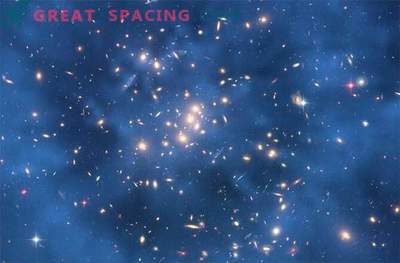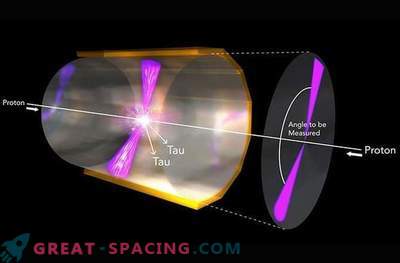
Map of various explanations for dark matter
Since the 1970s Astronomers and physicists are collecting evidence of the existence of dark matter in the universe - a mysterious substance that manifests itself in a gravitational influence. However, despite the great efforts, none of the new particles proposed for explanation were found. Now researchers believe that the time has come to expand and diversify experimental efforts, as well as to include astronomical studies and observations of gravitational waves in the process of solving the nature of dark matter.
For the past 30 years, the search for dark matter has mainly focused on a class of candidate particles known as weakly interacting massive particles (WIMP). They have long been considered an ideal candidate for dark matter, since they would be received in the right amount in the early Universe to explain dark matter and alleviate some of the most fundamental problems in particle physics, for example, a serious discrepancy between the energy scale of weak interactions and gravitational influence.
Stumbling block
A natural solution seems like an incredibly good idea, but none of the experimental strategies undertaken to search for WIMP revealed convincing evidence of their existence. Therefore, the researchers decided to turn the page of old research and expand the experimental range.
There are already several search methods for a wider review. For example, there is an astronomical study where you can observe tiny formations in the form of galaxies, dark matter halos around and gravitational curvatures of light passing through them. This allows you to learn more about the potential nature of dark matter. The researchers also mentioned a new method for observing gravitational waves, which was successfully carried out for the first time in 2016. It is useful for studying black holes - as candidates for dark matter or objects with the distribution of other dark matter candidates around them. Combining these methods and international scientific cooperation will allow in the near future to produce positive results.











































